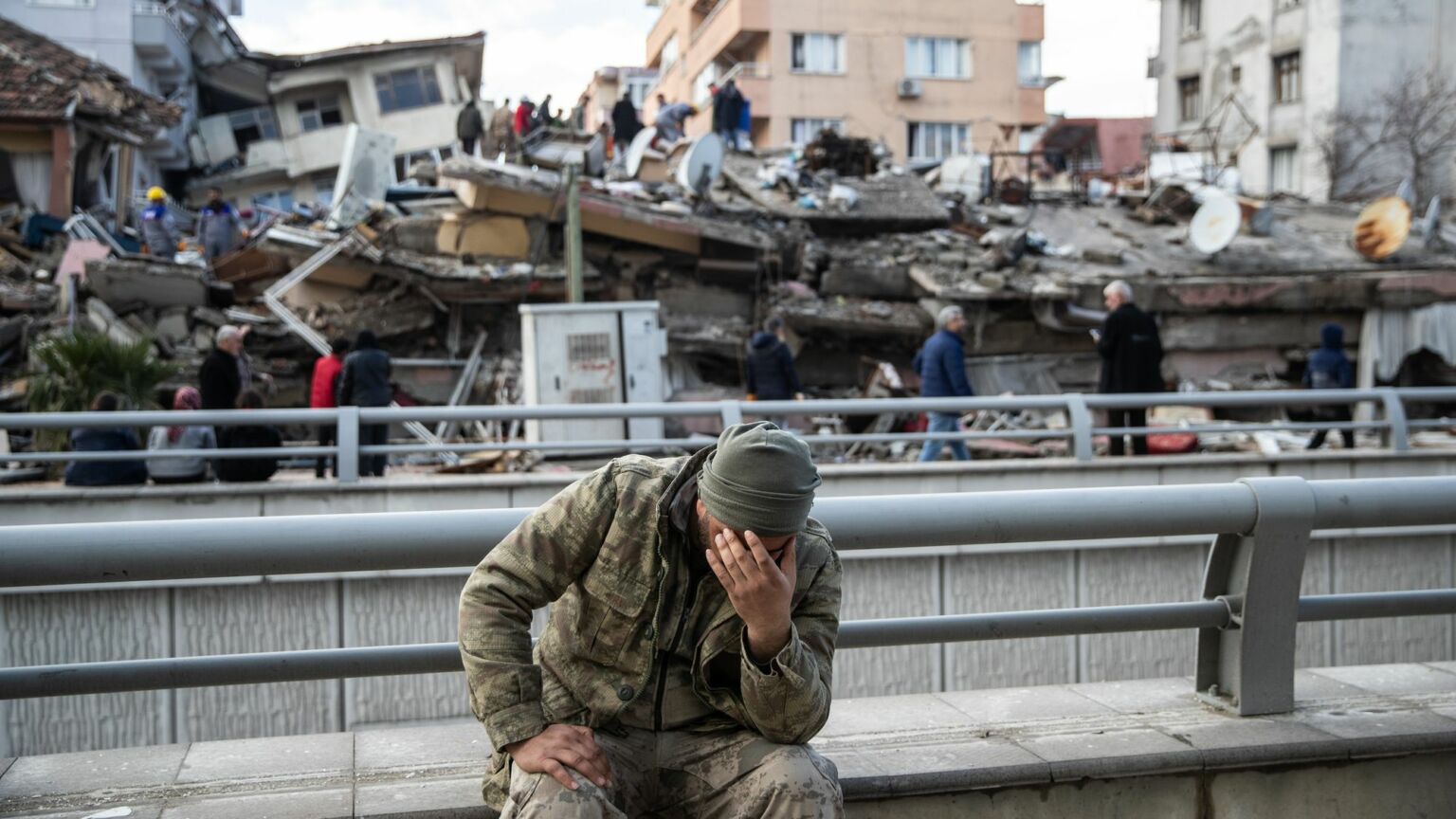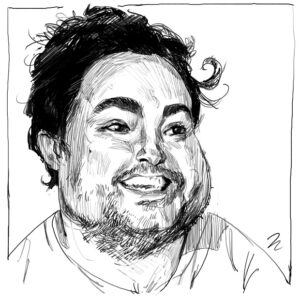There is no such thing as a purely ‘natural’ disaster
The earthquake in Turkey was unavoidable – but it didn't have to be this devastating.

The earthquake that struck Turkey and Syria at 4am on Monday is already among the deadliest of our young century. The death toll hit 7,700 on Wednesday morning and is expected to rise dramatically, as the time window for finding survivors in the rubble gets narrower by the minute. In southern Turkey alone, some 6,000 buildings have been levelled, leaving hundreds of thousands homeless. All in all, some 23million people across Turkey and Syria are said to have been impacted by the earthquake and its aftershocks. The humanitarian crisis that is unfolding is bleak beyond words. The obvious question it invites is, could things have been different?
The immediate cause of the devastation was, of course, beyond mankind’s control. Earthquakes are a natural phenomenon, a consequence of moving tectonic plates, which science is not yet able to predict, let alone prevent. But there was still nothing inevitable about the scale of the tragedy. For there are many social and human factors that could have mitigated this disaster.
In some ways, Turkey’s earthquake was a ‘worst-case scenario’, at least in terms of its natural causes. Quakes of this size and intensity are rare in the region – perhaps even a once-in-a-century phenomenon. The initial 7.8 magnitude quake was, according to some reports, the strongest Turkey has experienced since 1939. And this was followed by a seriously powerful aftershock of 7.5. Both the initial quake and the aftershock were relatively shallow – the first 11 miles deep and the second six miles down. The shallower the earthquake, the more destructive it can be, as this adds to the intensity of the movements on the surface.
Other unavoidable factors added to the misery. The quake struck in a highly populated region, meaning vast numbers of people were immediately exposed. The city of Gaziantep, home to around two million people, was just 20 miles from the epicentre. And it happened in the early hours of the morning, when most people would have been inside and sleeping.
But these factors alone cannot account for the scale of the devastation. For Ross Stein, CEO of catastrophe modelling company Temblor, ‘The number one factor is building quality’. ‘It just trumps everything else’, he told the Scientific American. Videos from the wreckage in Turkey show buildings collapsing almost like pancakes. Judging from this alone, according to seismologist Ian Main, it ‘is evident that most of them were not designed to withstand very strong earthquakes’.
Buildings can be made to be relatively resilient to earthquakes, if not entirely earthquake-proof. Indeed, Turkey introduced new building codes to precisely this end in 2000, a year after the devastating Izmith earthquake, in which over 17,000 people died. However, the buildings constructed according to these codes are still in the minority. Partly this is a result of loose enforcement, but it is also simply down to the age of many buildings. As Istanbul-based seismologist Mustafa Erdik explains, most of the 6,000 or so buildings that have collapsed since Monday’s quake ‘date prior to the year 2000’.
It’s worth contrasting Turkey’s catastrophic quake with the 8.2 magnitude Chignik earthquake, which occurred just off the coast of Alaska back in 2021. This was the seventh largest earthquake in US history, and orders of magnitude more powerful than the one that devastated Turkey, yet its effects barely registered. It did not become international news or a humanitarian disaster. No one was killed or injured and not a single building fell. As the LA Times notes, an inspection in the closest town to the epicentre ‘revealed nothing more troubling than a few drywall cracks’. Partly this was luck, the earthquake was deeper than Turkey’s and the epicentre was much further away from any populated areas. But it’s also a reminder that the natural force of a quake alone is not what determines its impact. Economic and social development, allowing the construction and maintenance of resilient infrastructure, are critical here.
It is underdevelopment that turns natural disasters into humanitarian catastrophes. Over the past 100 years, as more of the world has industrialised, natural disasters of every kind have had their impacts blunted. Where natural disasters accounted for over 540million deaths in the 1920s worldwide, they killed just 45million people in the 2010s – and that’s despite the global population climbing by over five billion people. Ironically, for all the talk of a climate crisis, even climate-related disasters have become significantly less deadly over the past century. Development has made the world as a whole a vastly safer place. However, billions of people on the planet, living in poor or unstable countries, are still exposed to nature’s whims.
As for Monday’s quake, the toll of underdevelopment is most clear on the Syrian side. In the most affected parts of northern Syria, the buildings were not just not up to code – they were effectively rubble in waiting. Many in places like Aleppo were suffering bomb damage before the quake struck. And northern Syria houses millions of people who have been displaced by the years-long civil war. Poorly erected housing is common, much of it only intended to house people temporarily. And healthcare services were already stretched beyond capacity before thousands more were injured in the rubble. A decade of brutal, internal conflict, a decade of turmoil and wasted potential, have severely weakened any chance Syria might have had to withstand this disaster.
The overriding lesson from this unfolding catastrophe is that the world needs development, and a hell of a lot more of it. A wealthier world would not have to put up with such a high human cost. We do not need to accept our fate in the face of ‘natural’ disasters.
Fraser Myers is deputy editor at spiked and host of the spiked podcast. Follow him on Twitter: @FraserMyers
Picture by: Getty.
To enquire about republishing spiked’s content, a right to reply or to request a correction, please contact the managing editor, Viv Regan.









Comments
Want to join the conversation?
Only spiked supporters and patrons, who donate regularly to us, can comment on our articles.